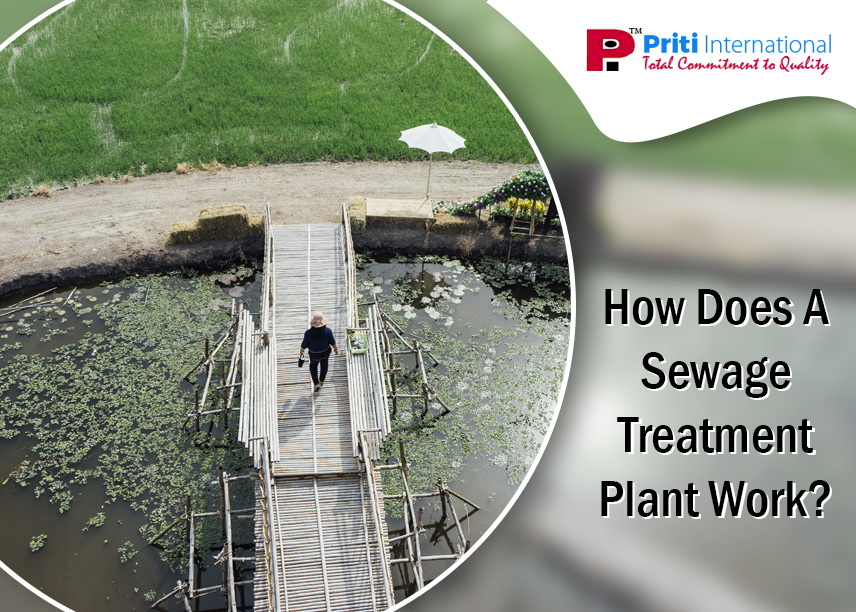People generally get into confusion between a sewage treatment plant and a water softening plant in Kolkata. But there is a wide range of differences between the two.
As the name suggests, one installs a sewage treatment plant for treating sewage water. On average, an industry produces more than 50 tonnes of sewage every day. As a water treatment plant manufacturer in Kolkata, we can tell you that the amount is quite high.Â
So, What Is A Sewage Treatment Plant?
A sewage treatment plant, also known as a wastewater treatment plant, is a facility. It can treat the wastewater generated from homes, businesses, industries, and other sources. The primary objective of a sewage treatment plants is to remove harmful pollutants and contaminants from the wastewater. Right before it goes back into the environment.
The treatment process typically involves several stages. Including physical, biological, and chemical treatment processes, to remove solids, organic matter, and other contaminants from the wastewater. The treated water then flows back into rivers, streams, or oceans, or for irrigation or other non-potable purposes.
Sewage treatment plants are essential for maintaining the cleanliness and health of the environment. Thereby, protecting public health by preventing the spread of waterborne diseases.
How Does A Sewage Treatment Plant Work?
A sewage treatment plants typically uses a combination of physical, biological, and chemical processes to treat wastewater.
- Preliminary Treatment
The first step is to remove large solid objects, such as rags, sticks, and plastics, from the wastewater. One can usually do this with screens and grit chambers.
- Primary Treatment
In this stage, the wastewater settles in large tanks or basins. Later, you need to remove the solids that settle to the bottom. This process is called sedimentation or primary clarification.
- Secondary Treatment
After primary treatment, the wastewater goes through a biological process, where microorganisms break down the remaining organic matter. This takes place in aeration tanks, where the wastewater combines with air to provide oxygen to the microorganisms. The microorganisms then use the organic matter as food, converting it into carbon dioxide, water, and more microorganisms.
- Tertiary Treatment
In some cases, the treated wastewater may go through additional treatment to remove nutrients, such as nitrogen and phosphorus, which can cause environmental problems if released in high concentrations. One can easily do this with biological or chemical processes, such as adding chemicals to remove phosphorus or using a sand filter to remove nitrogen.
The Bottom Line
Just like a sewage treatment plant, your industry also needs a mineral water plant in Kolkata. And to buy a plant that is affordable and efficient, get in touch with Priti International. There is absolutely no doubt in the fact that we are the best water manufacturer in Kolkata.Â

